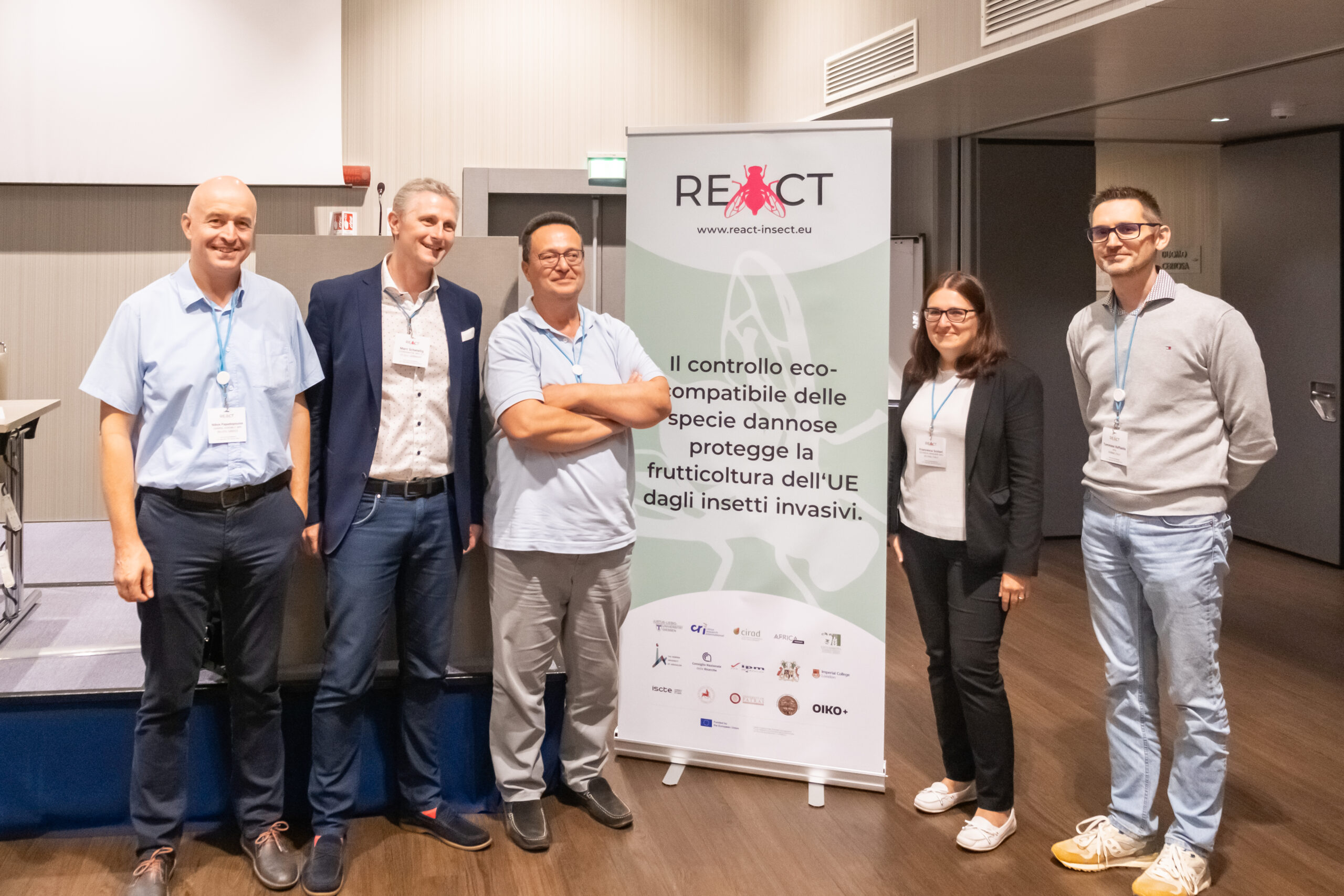
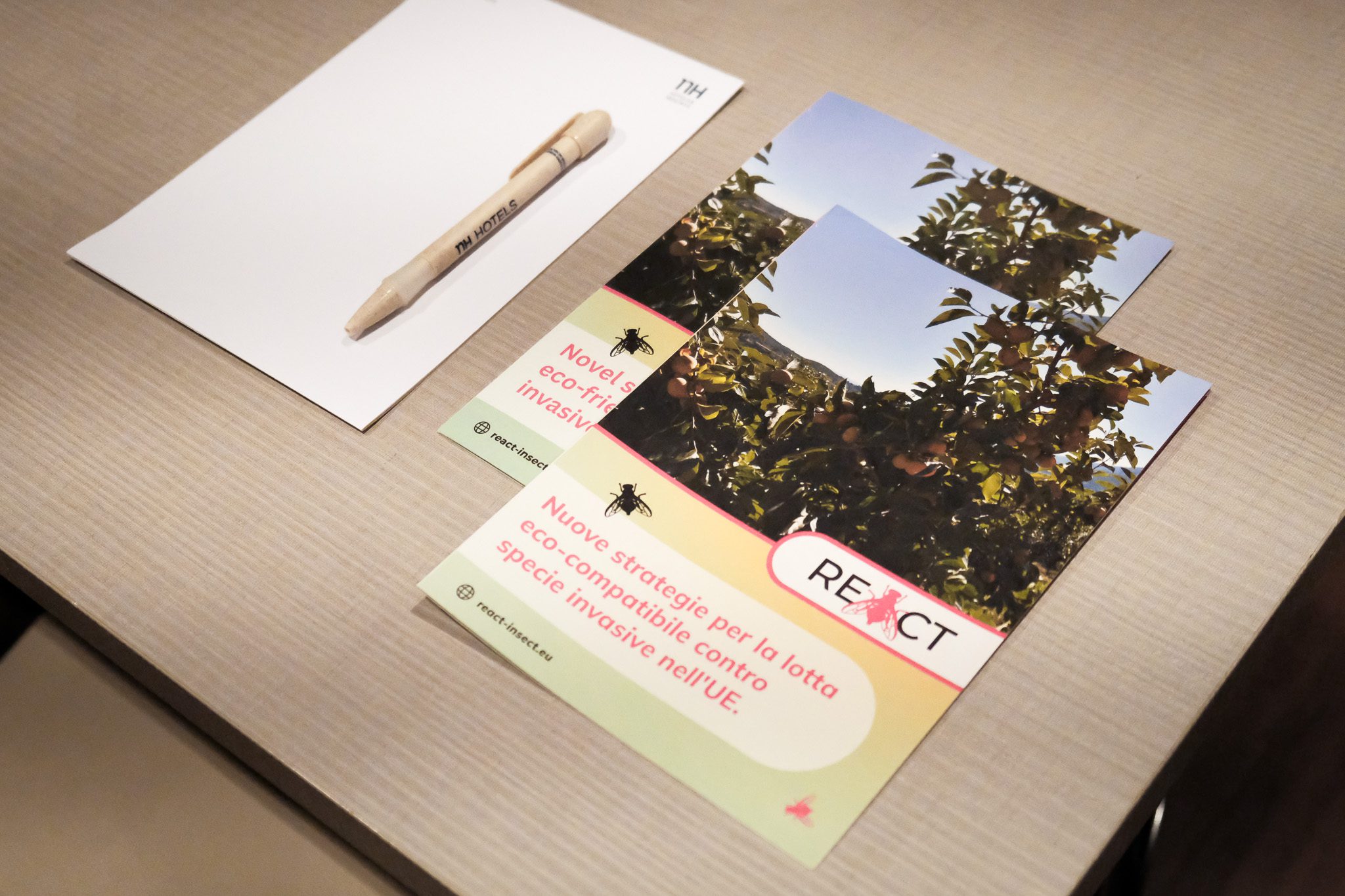
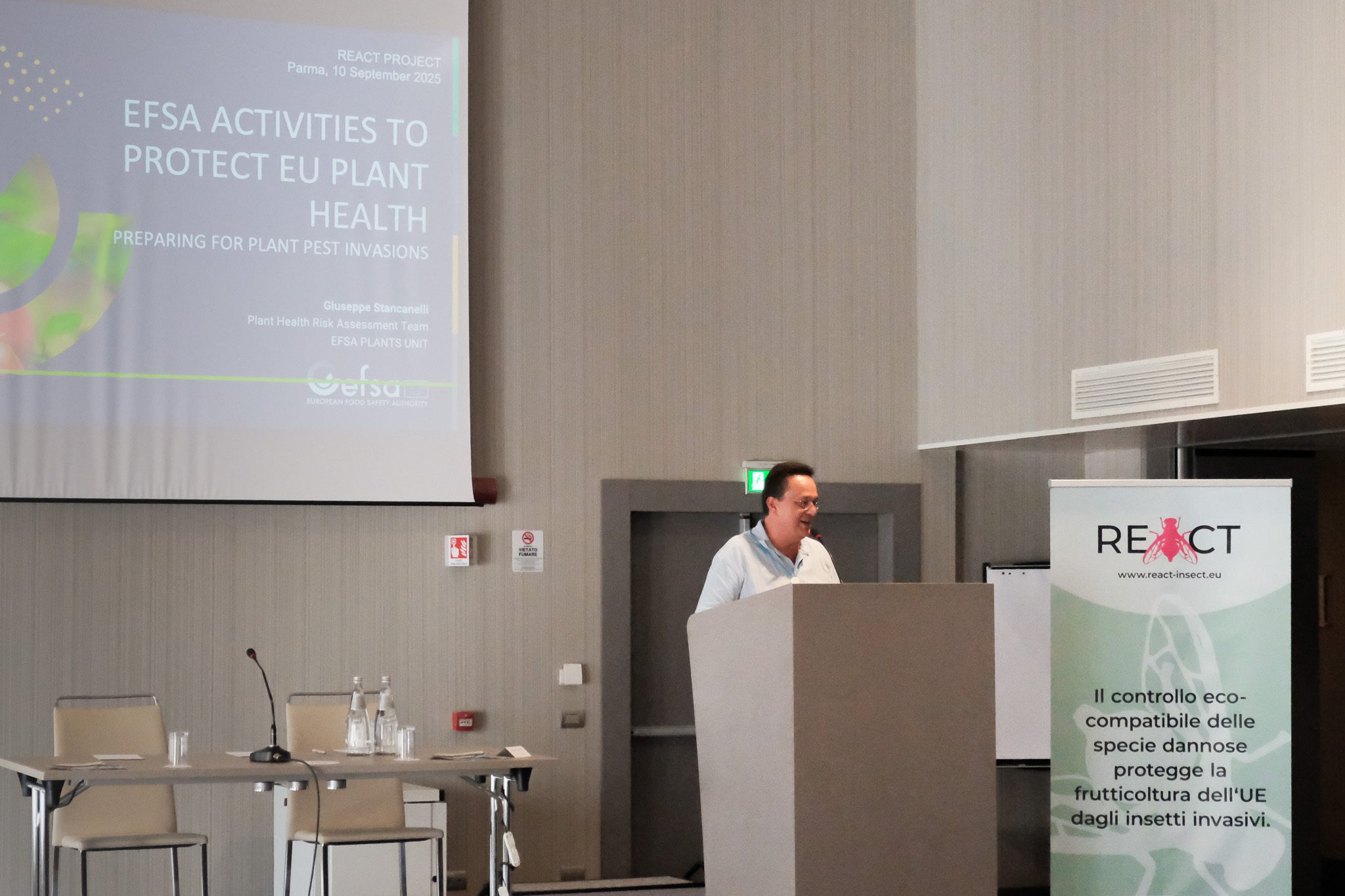
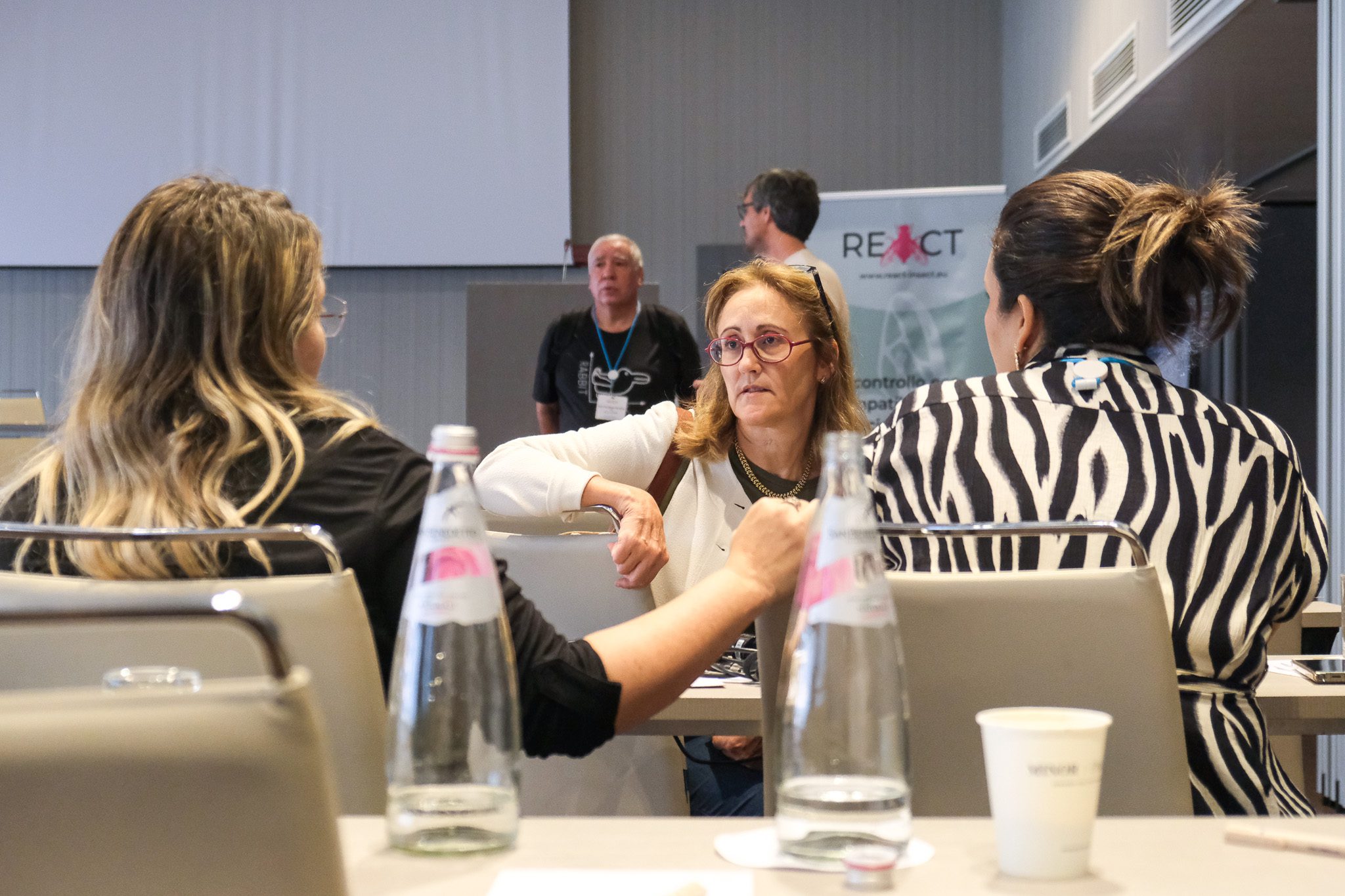
REACT Stakeholder Meeting in Parma: Innovation, Regulation and the Future of SIT
12 Sept 2025
Innovation and the challenge of invasive pests
Prof. Nikolaos Papadopoulos (University of Thessaly) presented REACT’s localized SIT strategies, tailored to Europe’s unique agricultural context where half of all farms are smaller than two hectares. He highlighted the project’s core components: a small-scale rearing facility, a rapid detection kit, and an enhanced bacteria-based diet that significantly improves fly quality for SIT releases.
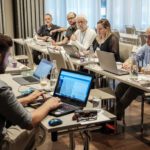


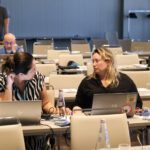






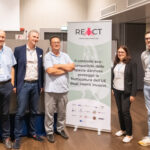


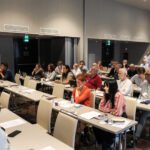
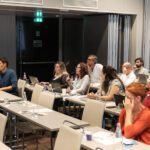
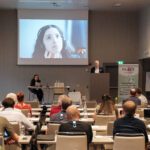


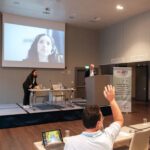
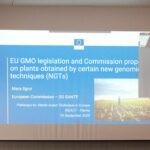
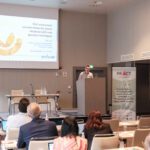
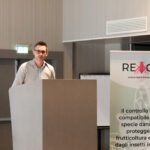


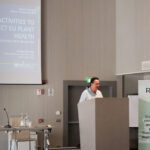

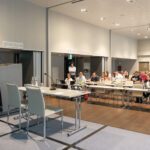

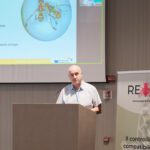

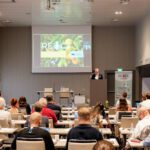

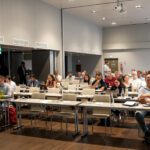

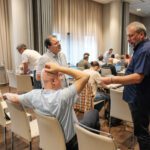

The final panel discussion made clear that Europe’s regulatory landscape is still uncertain for SIT applications involving CRISPR-based methods. Current EU proposals focus on plants, leaving insect applications in a grey area. The central question—whether REACT’s sterile insects could eventually be authorised for release in Europe—remains unresolved.
Moving forward with stakeholders
Despite these open regulatory questions, the Parma meeting confirmed strong interest in REACT’s approach. The project is already showing the technical feasibility of SIT for European conditions and, equally important, underlined the necessity of stakeholder engagement to build public confidence and ensure transparency.
As the field trials continue in 2026, REACT will rely on dialogue with farmers, regulators, and the public to bring this innovative pest control strategy closer to practical use in Europe.
Lorem ipsum dolor sit amet, consectetur adipiscing elit. Ut elit tellus, luctus nec ullamcorper mattis, pulvinar dapibus leo.
